Books That Represent Us: Rasheed Newson centers LGBTQ history in debut novel My Government Means to Kill Me
Bel-Air co-showrunner Rasheed Newson has often wondered about what life during the height of the AIDS crisis was like for LGBTQ folks living in New York City, which is why he set his debut novel in New York during the 1980s. My Government Means to Kill Me (out now) is a coming-of-age story about Earl "Trey" Singleton, who heads to New York for a place where he can live authentically away from his parents' judgment. As he explores the city and life as a gay man, Trey finds his life changes as he gets involved with the AIDS Coalition to Unleash Power (ACT UP).
Placing Trey's story during this specific period allowed Newson to honor and play with history. Throughout the story, he encounters icons like Bayard Rustin and ultimately joins ACT UP, which counts Larry Kramer among its members. Kramer is important to LGBTQ history, but he was a somewhat controversial figure in the early days of ACT UP. "Larry Kramer isn't an iconic figure yet. He's one that some people like and a lot of people don't, and Trey would not be privy to all the history," Newson explains about where readers will encounter. Newson accomplishes this through footnotes because the aim was for readers to enjoy Trey's story but also leave with an understanding of why Kramer holds such a prominent political position in history.
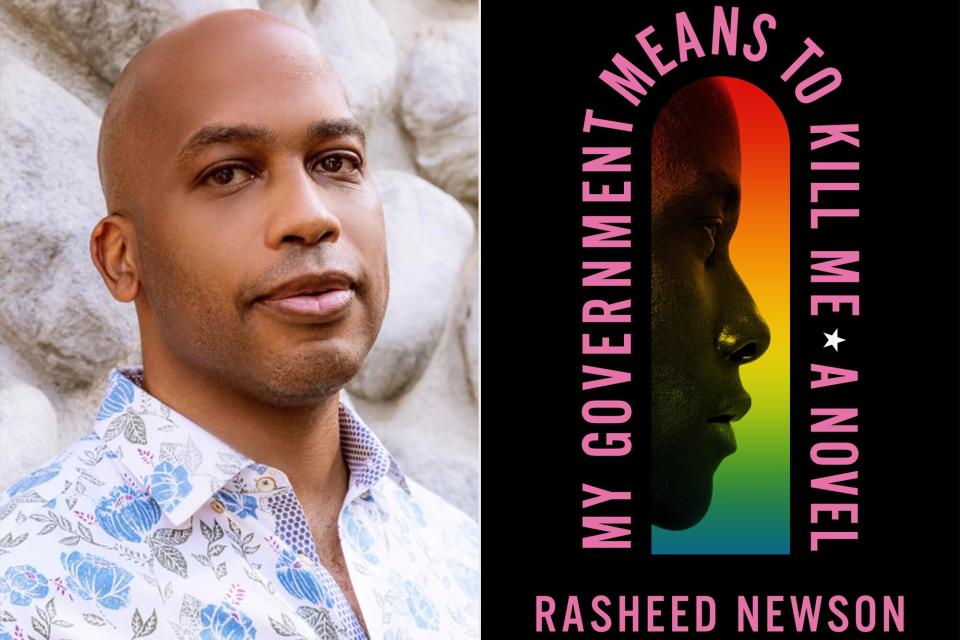
Christopher Marrs; Flatiron Books
In creating an underestimated hero in Trey, Newson hopes people learn activism can come in many forms by watching him upend expectations. "There is no wrong choice. Some people do volunteer, and that's a very direct way. Some people think about the political big picture. We need all of those people," he explains.
We asked Newson to share some books that influenced him along the way as a writer and served as inspiration for My Government Means to Kill Me.
<i>Just Above My Head</i> by James Baldwin
James Baldwin's sixth and final novel was the first book where Newson saw two Black gay men in love. "They had a sexiness. I was scandalized, and I loved it," he says about the 1979 book from the LGBTQ icon. Centering on Black gay gospel Arthur Montana's life, the novel follows a group of friends from Harlem to Korea, and many places in between. "There was a thrill because, in my mind, I wasn't sure you could even write something like this. I love that it was in my hands and made me feel validated to find that story," Newson shares about the book he found as a teenager.
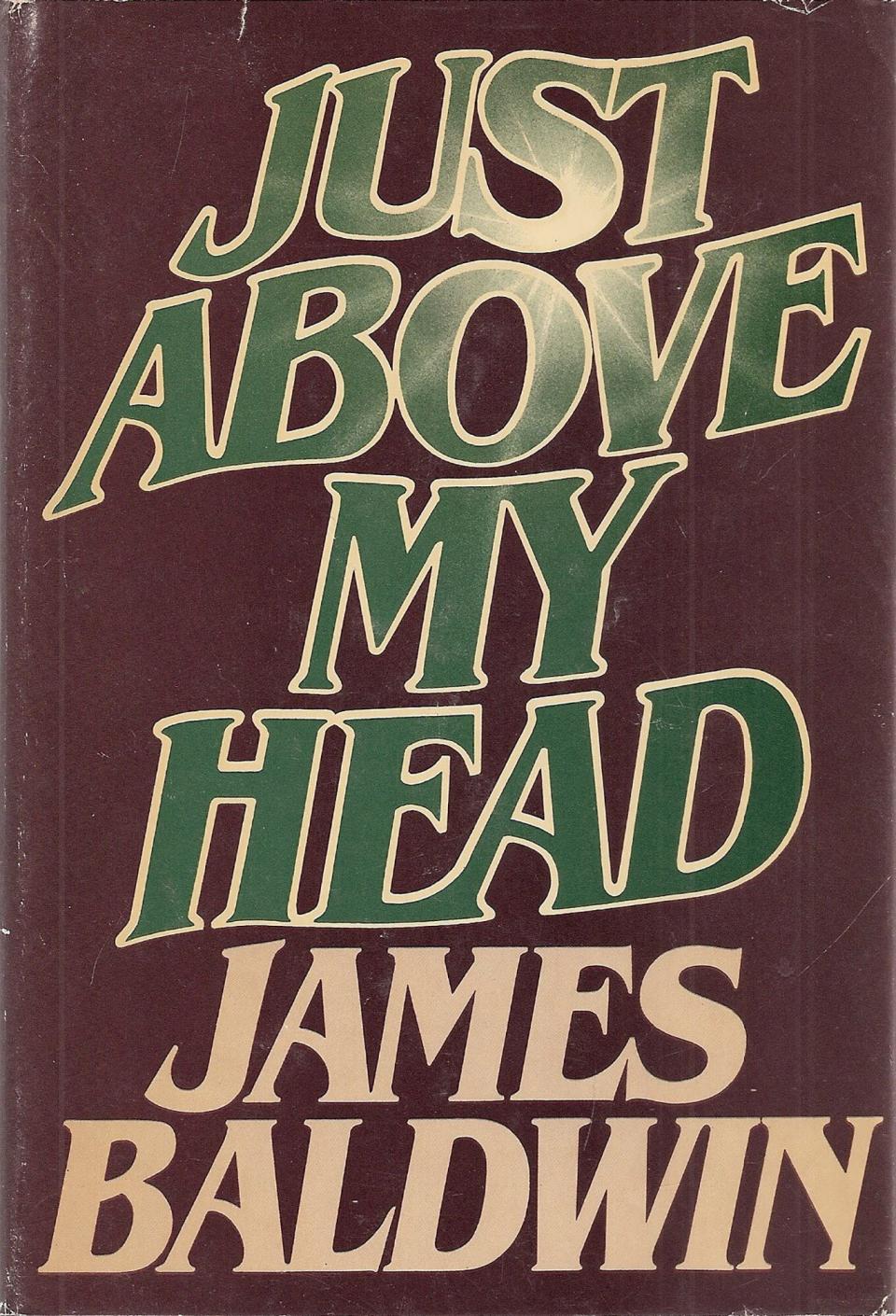
<i>Funeral Diva</i> by Pamela Sneed
Pamela Sneed's 2020 collection of essays and poems was a "touchstone" for Newson's debut, My Government Means to Kill Me. The book reflects on its author's life in New York City during the '80s. "She had an emotional honesty that I was hoping to match. Her candor, her regrets, her pain, her joy; she laid it all bare. I admired that and can only hope to emulate it," Newson explains.
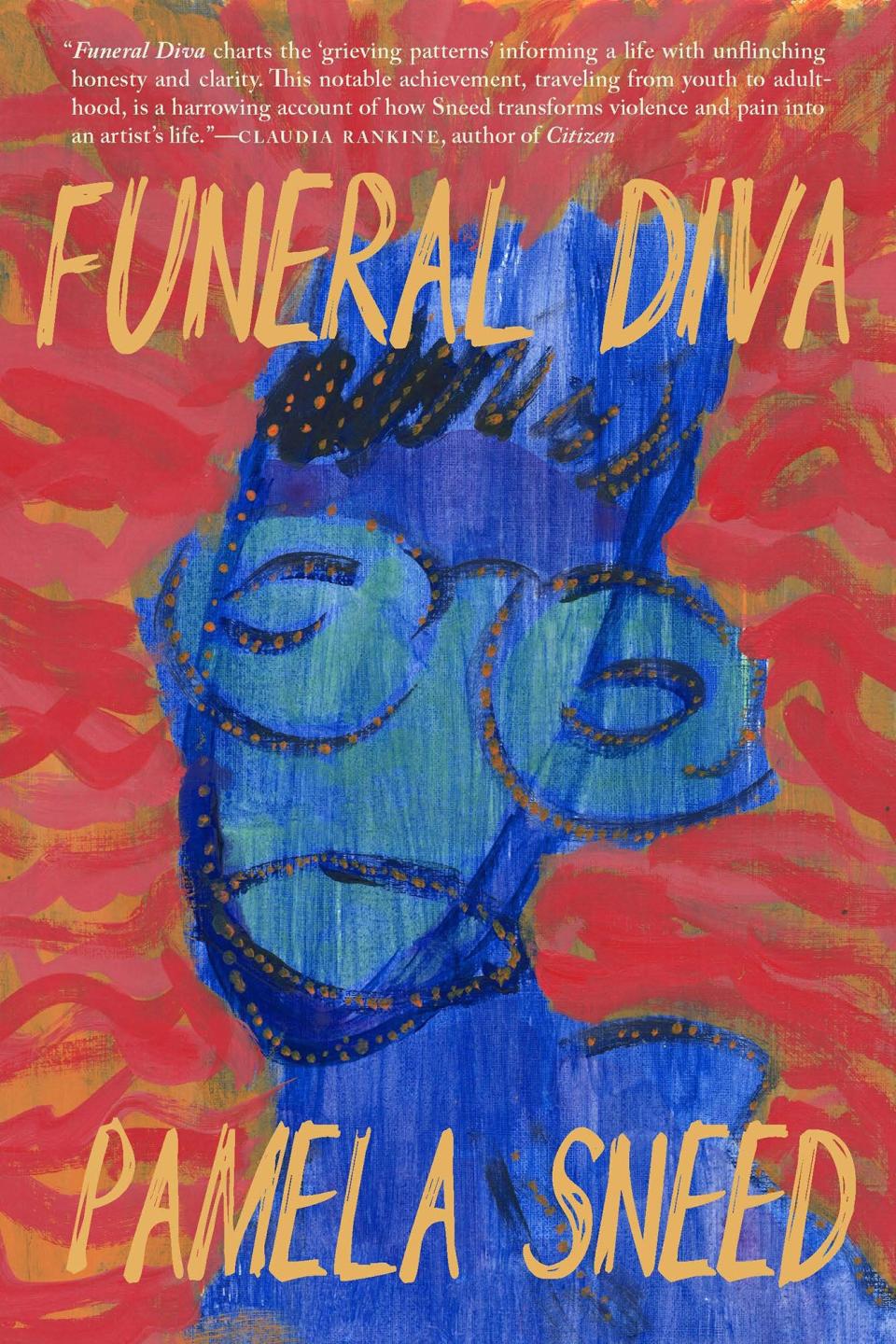
<i>Fellow Travelers</i> by Thomas Mallon
"Thomas Mallon, for my money, is the best person writing historical fiction," Newson says. Set in Washington, D.C., during the McCarthy era, Fellow Travelers follows Timothy Laughlin, who shows up in town eager to join the fight against Communism and falls in love with a handsome U.S. State Department official. "The way he weaves in his fictional characters with real people has clearly been an influence on me," he explains. Mallon took historical figures, including Senator Joseph McCarthy, and presented them to readers in a new way that aimed to provide a new understanding of them. Newson says it taught him that if you're going to include real people, a writer should "make a strong choice about how you think they operate and how they inhabit the world."
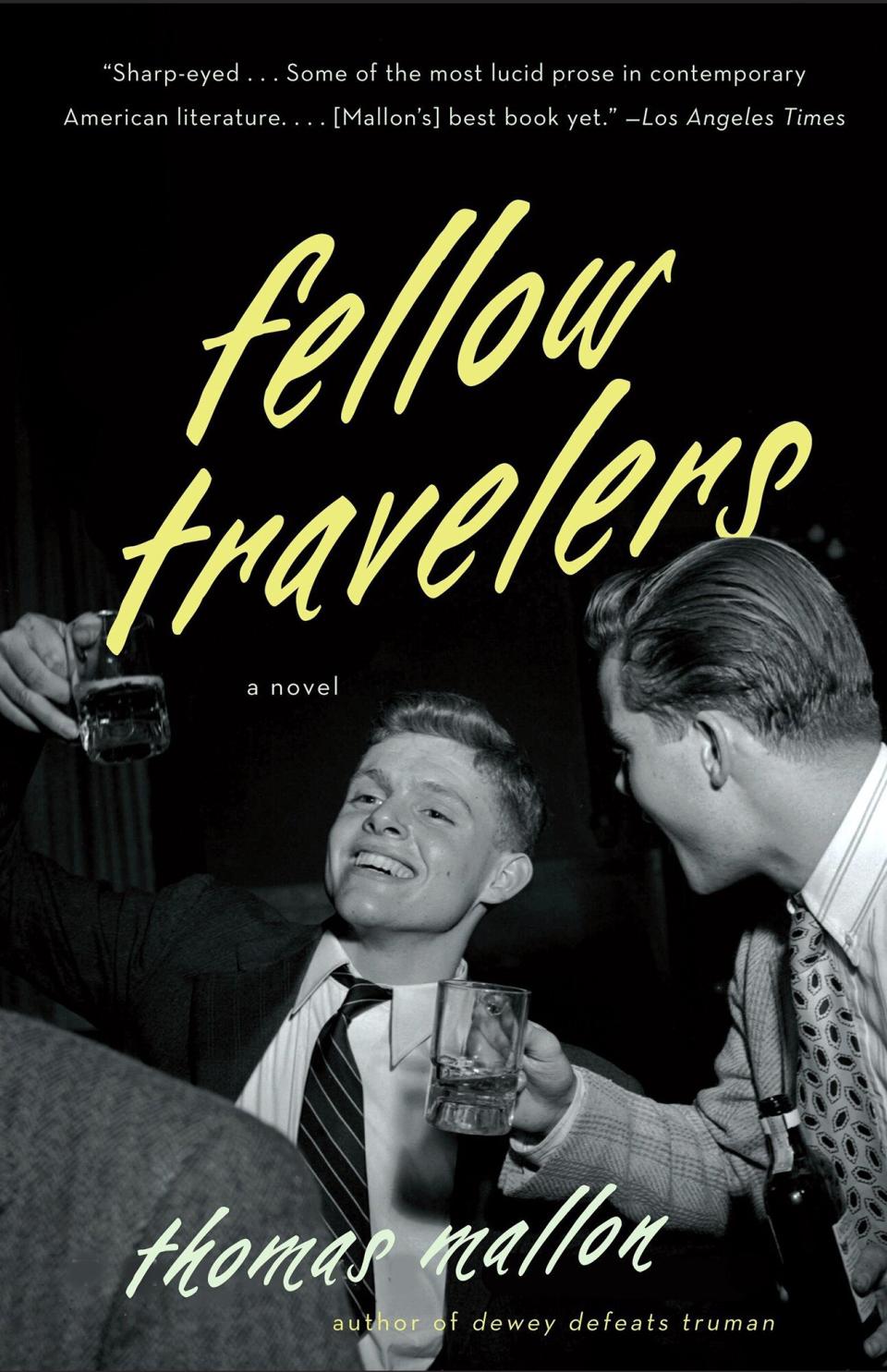
<i>Numbers</i> by John Rechy
In Numbers, Johnny Rio comes to Los Angeles to see how many times he can score in a day and then beat his record. "It's about sex, and sex is hot and engrossing, but I also love that Rechy uses sex to reveal character and uncover deeper emotions," Newson says about the book he read in college. Believing that sex is not trivial, Newson wanted to do something similar to John Rechy in his own novel regarding sex. "If we can get to why it matters, why you're hungry for it, why you like it this way, we can learn substantive things about you," he explains.
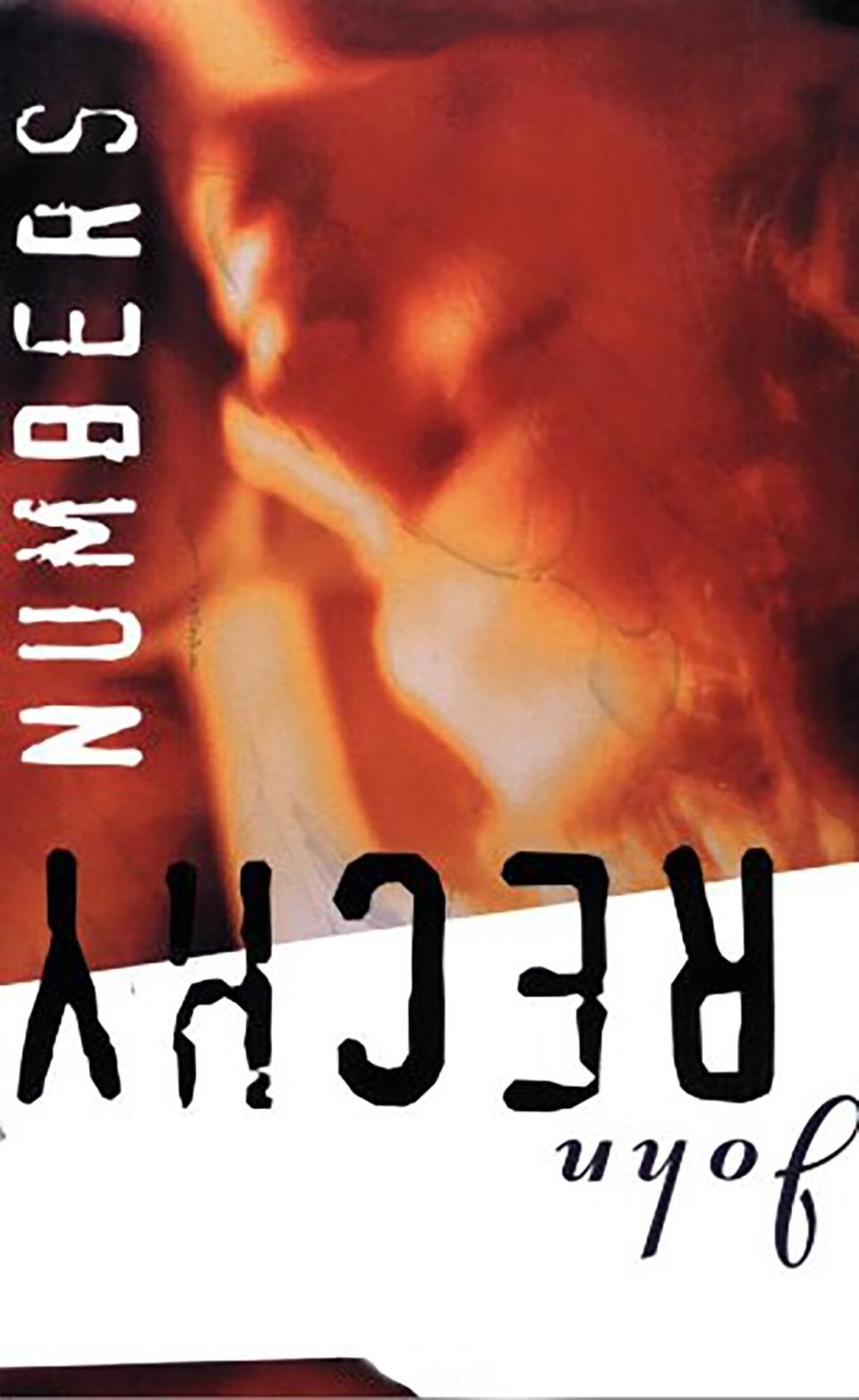
<i>House of Leaves</i> by Mark Z. Danielewski
Newson loved House of Leaves so much that he almost flunked out of college. "It was so riveting, I barely studied and subsequently barely passed my class," he explains. Using an unconventional style and unusual page layout, Mark Z. Danielewski's debut novel is about a family who lives in a house with a labyrinth whose story is being told in a documentary. Part of the book's memorable style is the use of footnotes, which are present in My Government Means to Kill Me. "[Danielewski's] use of footnotes created another layer to the novel that made the story more credible," he says. "What I loved about his footnotes is they told you another track of the story, and they gave you another lens on the world."
Newson looks at his footnotes as if they were added through the eyes of a gay editor. The pieces of information about the historical events and figures included are of interest to an LGBTQ audience. This was most present when including well-known figures in the story. Newson uses Lena Horne as an example. "What I find interesting is when Lena Horne talked about her ideal man, and she named a gay man," he explains. Through a storied career, this factoid about her allows readers to see her in a new way. The footnotes Newson uses are a highly-curated encyclopedia that runs alongside the book.
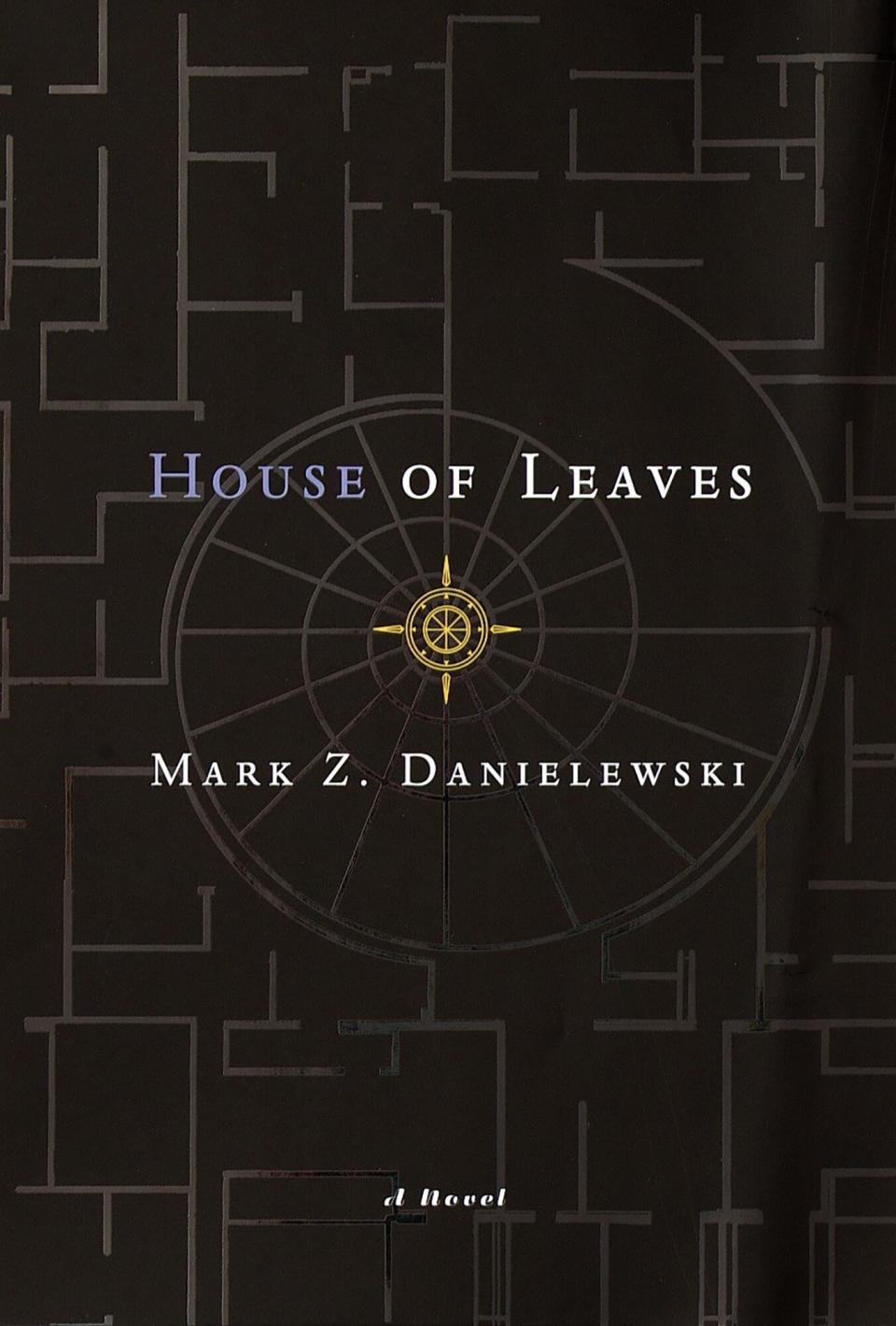
Related content:
Aaron Foley channels his love for Detroit into his fiction debut
Grace D. Li on her debut novel — and its Netflix adaptation
Katie Kitamura, Zakiya Dalila Harris, and more authors pick their most anticipated books of 2022

